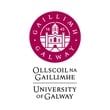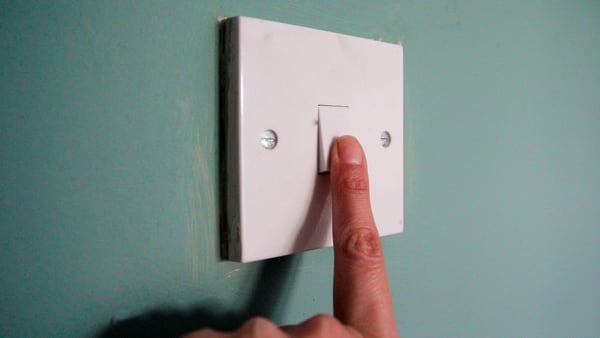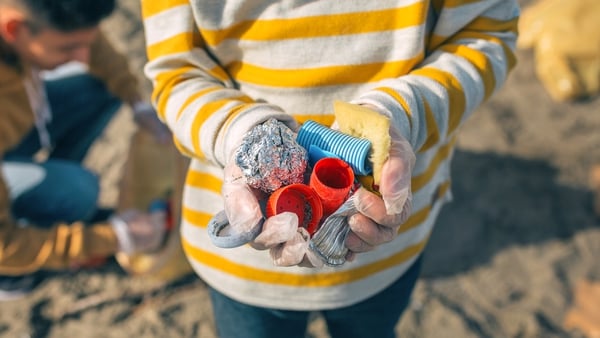Opinion: by co-locating renewable energy projects we can maximise efficiency through shared resources and infrastructure
Exporting renewable energy from Ireland may answer Europe’s renewable energy land squeeze, but Ireland must first address its land use and local opposition issues. One way to do that is through shared use (co-location). Co-location of renewable energy projects involves situating multiple renewable energy facilities in close proximity to each other to maximise efficiency and synergies through shared resources and infrastructure.
Fancy terms such as carbon-neutral, organic, zero waste, sustainable transport, eco-conscious, and others have entered mainstream usage, becoming integral to our daily choices. For instance, these terms now play a significant role when we make purchases decision, manage our energy and water consumption, and engage in recycling practices. Verily, the broader picture transcends mere recycling, entangling sophisticated elements of time-bound objectives and aspirations, including the pursuit of sustainable development goals, the Paris agreement, and the ambitious quest for net-zero emissions by 2050.
Let’s pause for a moment and reflect on these more carefully. The fundamental purpose behind all the interventions and targets is to keep our planet habitable. In simpler terms, the earth was once a pleasant place to live, but due to certain actions, it has deteriorated, and the situation continues to worsen. Consequently, our objective is to cease these detrimental activities, letting the earth remain habitable for both present and future generations.
We need your consent to load this rte-player contentWe use rte-player to manage extra content that can set cookies on your device and collect data about your activity. Please review their details and accept them to load the content.Manage Preferences
From RTÉ Radio 1's Nationwide, EPA's report on future land use in Ireland causes debate
As we endeavour to address the problem, our efforts seem to entangle multiple aspects even further. The complexities surrounding these challenges will unravel just as we approach the achievement of our sustainability and net-zero goals timeline.
Perhaps it’s time to buckle up and prepare for the imminent resource and land-use revolution. Our plans to make the earth a better place require comprehensive re-wiring and re-plumbing to support increased renewable generation; energy distribution, storage, and stability; and other complementary yet developing technologies such as hydrogen electrolysis and capturing carbon in the air. These pose spatial challenges during the development of the necessary infrastructure.
The land use sectors are confronted with the complex and challenging task of striking a delicate balance between ensuring an ample supply of high-quality food, reducing emissions, enhancing carbon sequestration, safeguarding natural ecosystems, and preserving the quality of soil, water, and air. All of this must be accomplished within an already changing climate context.
Read more: Why emission policies need to understand the 'Good Farmer'
The ultimate measure of a successful transition to net zero lies in its sustainability and effectiveness in mitigating climate change’s adverse effects. If changes in land use aimed at enhancing carbon sequestration are only temporary, lasting for a few years or decades before being undone, the net positive impact on reducing climate change effects may be insignificant. Our sustainability goals including the one related to just energy transition are all people-centric and the implementation must remain the same. These development plans must not touch us people, our heritage, and our cultural and religious identity. There is a need to humanise the net-zero transition, i.e., adopting an intergenerational perspective instead of arbitrary timelines like 2030 or 2050.
Ireland is on track to produce more renewable energy than it needs as the country builds the ability to capture on-shore and off-shore wind energy. However, renewable energy infrastructure does not have to operate in isolation. Integrating dual-use systems with on-shore or off-shore oil and gas fields, farming, and biodiversity projects is increasingly common. The land requirement for renewable energy generation, distribution, storage, and stability is so huge that it provides an opportunity for co-location.
We need your consent to load this rte-player contentWe use rte-player to manage extra content that can set cookies on your device and collect data about your activity. Please review their details and accept them to load the content.Manage Preferences
From RTÉ Radio 1's News At One, rural communities struggle to find renewable alternative to oil tanks and boilers
A start-up nonprofit, Planet Reimagined defines co-location as follows in their recent report on common grounds for a clean energy future: Co-location involves utilising a single unit of land for multiple productive purposes. Specifically, cross-sectoral energy land-sharing refers to locating utility-scale wind and solar projects on land that is also being used for oil and gas production. Moreover, it aligns with net zero greenhouse gas emission goals, minimises the impact on working lands, and ensures a sustainable power supply for electricity consumers.
Ireland ranks 12th on the World Energy Council’s 2022 World Energy Trilemma Index, a World Energy Council framework which measures national energy systems performance, with energy security, energy equity, and environmental sustainability on three corners of this Trilemma.
Read more: Can Ireland lead the offshore renewable energy race?
A positive change is underway but is not happening at the necessary scale. But what exactly does net-zero transition entail? It requires clarity, stability, connection, and a rapid pace of change, as all these factors are crucial in making significant and more critically sustainable progress. The clarity in land use priorities, backed by more robust planning policies, can empower local authorities to achieve net zero and benefit communities. Still, they should be supported by expert guidance and funding from investors to drive net-zero trends.
Stability in regulations and policies is crucial for the renewable energy sector to upscale and address challenges such as grid infrastructure upgrades and land use competition, enabling the development of a broader range of sites and reducing grid connection costs. The significance of connection extends beyond just grid infrastructure; a collective, connected voice among sector stakeholders is essential to create overarching policies for a successful transition, enabling the adoption of newer technologies like green hydrogen and attracting private sector investment in significant demand hubs.
The Irish National Hydrogen Strategy, published earlier this year, outlines the strategic vision for hydrogen’s role in Ireland’s energy system, emphasising its significance as a crucial element of a zero-carbon economy in the long term. It also identifies the immediate actions required in the upcoming years to facilitate the growth of the hydrogen sector in Ireland. The pace of change presents significant challenges across various aspects. Still, industry leaders must take charge and drive transformation by demanding and leading change collaboratively rather than waiting for an ideal environment to be established.
The views expressed here are those of the author and do not represent or reflect the views of RTÉ






